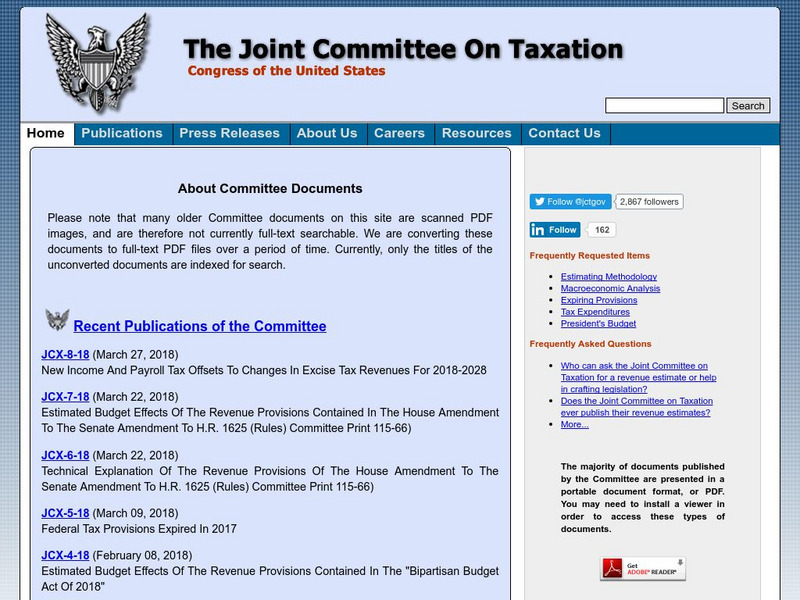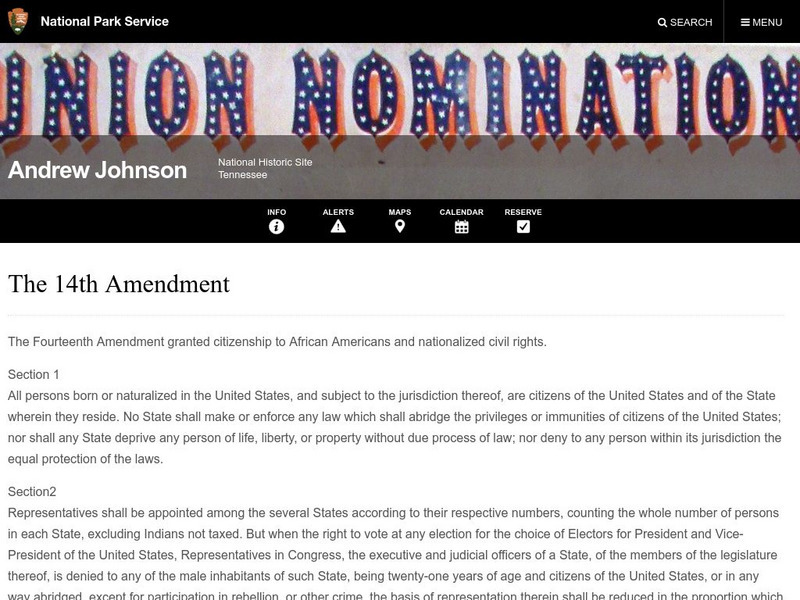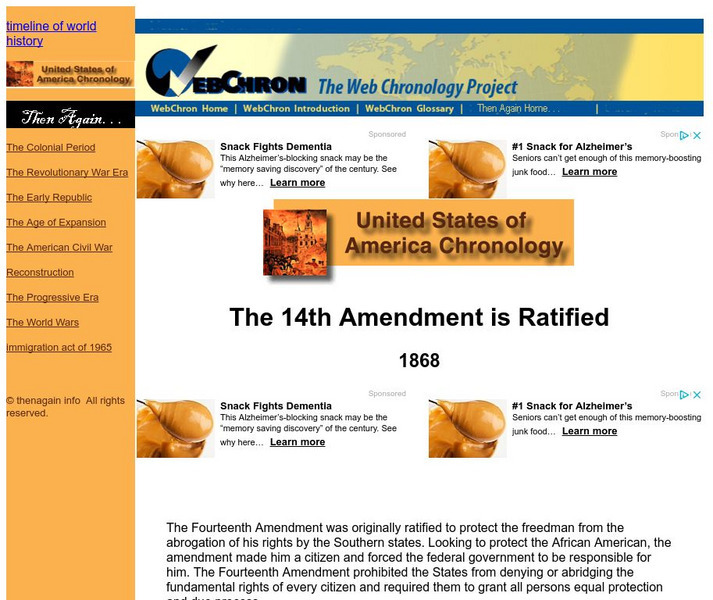The Dirksen Congressional Center
Congress Link: Lesson Plans
The Dirksen Congressional Center provides abundant lesson plans on all aspects of the US Congress and the US Constitution. All lessons contain time frames, objectives, and links to material, and are built around Bloom's taxonomy.
US Government Publishing Office
U.s. Government Publishing Office: Congressional Record
The Congressional Record is the official record of the proceedings and debates of the United States Congress. Successful navigation of the site take knowledge of the GPO's navigation code. An important hint for when looking up a specific...
US Government Publishing Office
U.s. Government Publishing Office: Congressional Reports
Congressional committee transcripts are compiled into the Congressional Reports section of the Government Printing office website. Most of the information included within the Congressional Reports include the gathering of expert...
iCivics
I Civics: Mini Lesson: Congressional Committees
Young scholars discover the different types of congressional committees and their responsibilities in this lesson.
Other
Iri: What Are Ballot Propositions, Initiatives, and Referendums?
This site explains what ballot measures are and the different forms these can take. It also provides lists of states that allow initiatives and legislative propositions.
US Government Publishing Office
Ben's Guide to u.s. Government: Learning Adventures: How Laws Are Made: The Language of the Law
Learning Adventures from Bensguide summarizes the process of lawmaking outlined in the U.S. Constitution and provides links to a glossary of legislative terms and Congressional Resolution from 2003.
US Government Publishing Office
Ben's Guide to u.s. Government: How Laws Are Made
An easy-to-understand reading of the process of how a law comes to be.
The Dirksen Congressional Center
Congress for Kids: The President and Congress
A brief description of the interaction between the president and Congress. Also includes information about the process for signing a bill into a law and take a quiz to test your learning.
iCivics
I Civics: Changing the Constitution
America's constitutional government has changed over time as a result of amendments to the U.S. Constitution, Supreme Court decisions, legislation, and other practices. Students will use the seven basic principles found in our government...
US Government Publishing Office
Ben's Guide to u.s. Government: How Laws Are Implemented
Students can visualize how a bill becomes a law with this infographic that breaks the process down into 7 steps with pictures and explanations. [PDF]
US Government Publishing Office
Ben's Guide to u.s. Government: Citizenship: Becoming a u.s. Citizen
Ben's Guide is a fun way to present U.S. Government to students. This site presents a description of the process of becoming a U.S. citizen. Links to related sites are available.
US Government Publishing Office
Ben's Guide to u.s. Government: What Is a Law?
Find out what a law is and who makes them. Learn the step by step process of how laws are made on the national level.
Alabama Learning Exchange
Alex: The Role of the Conference Committee
Students will use C-SPAN to observe short film clips of a Congressional conference committee in action. Students will hear the rules under which the committee functions and hear debate regarding aspects of the bill. Finally, students...
Other
Joint Committee on Taxation
A general explanation of the Joint Committee on Taxation is contained on this website. The members of the committee are listed by name and state. The site aslo describes the responsibilities of this committee.
Curated OER
National Park Service: Andrew Johnson Historic Site: Fourteenth Amendment
The complete text of the 14th Amendment of the U.S. Constitution.
US National Archives
National Archives: Congress at Work: Presidential Veto
The veto process is an integral part of our checks and balances. Introduce the power of the presidential veto and override to a class using an example from President Nixon's administration. Materials include the Constitution, worksheets,...
US Department of Justice
Us Department of Justice: Statutes Enforced by the Antitrust Division [Pdf]
As part of the antitrust division manual of the United States Department of Justice, this document provides the full text of the Sherman Antitrust Act, the Wilson Tariff Act, the Clayton Act, the amended Antitrust Civil Process Act, and...
University of Illinois
University of Illinois: The Chinese Experience: Chinese Exclusion
This lesson plan is from a larger unit examining the Chinese immigrant experience in America in the 19th century. Students will examine actions that were taken to discriminate against the Chinese and exclude them from American society.
US Government Publishing Office
U.s. Government Publishing Office: Congressional Hearings
Massive directory of the transcripts of all Senate and House committee and subcommittee hearings from the 105th Congress to the 109th Congress. Hearings are typcially open to the public and done for the purpose of attaining information...
Then Again
Then Again: Web Chron: World History Chronology: The 14th Amendment Is Ratified
Read about the 14th Amendment and its impact on the lives of African Americans during Reconstruction and later.
Other
Multimedia Schools: Moving Every Child Ahead the Big6
This article looks at applying the Big6 process to issues raised by No Child Left Behind legislation. The goal of the Big6 process is to improve performance by improving thinking through application of information technology skills. This...
Other
Certiorari Practice: The Supreme Court's Shrinking Docket
Recent legislation has allowed the Supreme Court discretionary, rather than obligatory powers, in deciding which cases to decide. This in-depth and well-developed essay describes the process and criticizes the new system, while providing...
iCivics
I Civics: Separation of Powers: What's for Lunch?
Students find out how the three branches of government interact with each other and how decisions about laws are made by several parts of the U.S. government.
Digital Public Library of America
Dpla: Road to Revolution: 1763 1776
This set of sources focuses on a selection of events, legislation, and perspectives from both sides during this time period. The documents, images, and artifacts help the student-historian understand the process of going from loyal...
Other popular searches
- Canadian Legislative Process
- American Legislative Process
- Us Legislative Process
- Federal Legislative Process
- The Legislative Process







